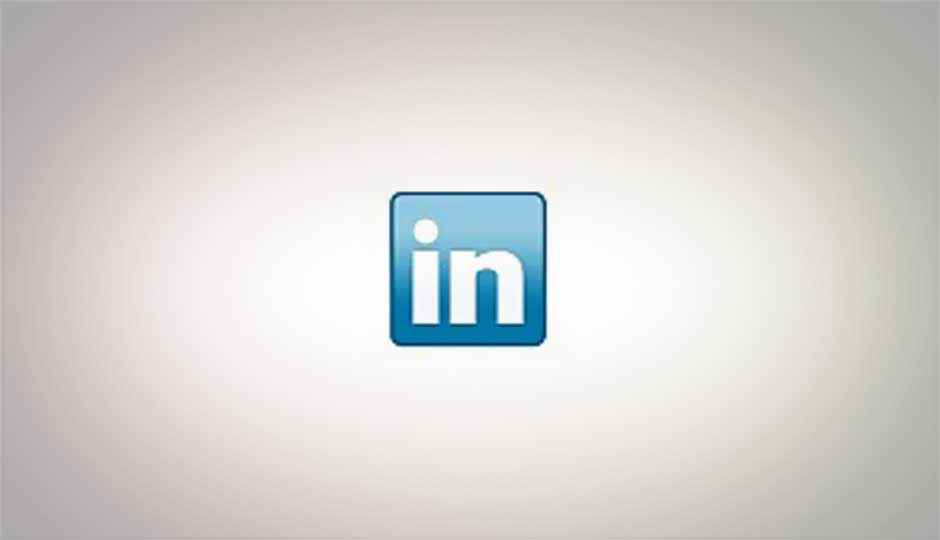LinkedIn’s IPO is no bubble
By
Lance Ulanoff |
Updated on 20-May-2011

The business-focused social network’s first public offering is off to a strong start—and with good reason.

As I sit here, LinkedIn shares are trading at roughly $107 on the New York Stock Exchange. It’s an auspicious and seemingly successful IPO for a company that many, I fear, may not truly understand. I can admit that when I first started using the service in 2005, I wasn’t sold on its benefits. Today, however, I think it’s the perfect digital emulation of real-world business networking—and, no, I don’t think it’s part of a new Internet bubble.
Is the company worth $107 or more a share? I don’t know. I’m not a numbers or stock guy (I can’t even own tech stock). Many of my Twitter followers were only too happy to tell me that it’s overpriced and part of a larger Internet bubble. $107 is certainly a lot higher than the $45 or so it was supposed to open at, but I think a focus on the IPO price unjustly overshadows this bonafide Internet success story.
LinkedIn has always been like the more mature, smarter and neater brother to the plethora of other social-networking environments that sprung up over the last decade. It’s not messy or confused like MySpace or overly friendly like the dearly departed Friendster. It’s not about family and friends like Facebook or brief, pithy posts like Twitter. LinkedIn can plug into other software, like Microsoft Office, but unlike Twitter, it’s never been cannibalized by its own third-party APIs. The LinkedIn site is a true destination.
Like any good social site, LinkedIn is only as good as what you put into it. I don’t think of the career history detail I put into the service as “sharing.” Instead, it’s more about building a rich resume that can be used, in a connect-the-dots-like fashion, to connect you with co-workers, business associates, those in the same industry and the occasional odd business opportunity.
For a long time, my LinkedIn profile remained unfinished—a fact which LinkedIn was only too happy to remind me about. It has a profile completion bar on every user’s page. Mine sat at roughly 60 percent for years. Eventually, though, I completed my summary, work history, education and more. Filling in all these blanks finally helped me see the true value of the site. Soon, more people I currently and previously worked with—and college alums—began to find me and, as you would expect, LinkedIn started recommending many more people for me to connect with based on my richer profile information. I connect sparingly, but LinkedIn’s concept of “degrees of separation” has, on occasion, helped me reach out to someone I might never have met otherwise. The connections work as you would expect. Someone is connected to someone else through one or more other connections—each connection that is a step removed away from you is a degree.
Granted, at some point, the degrees are pretty weak strings—especially if you only vaguely know the first connection. I do not pay for my LinkedIn account and this somewhat limits my ability to reach out and connect to other users. This is a good model for serious, business-oriented networking sites. I do not need random people following me or trying to become my friends on LinkedIn.
If I were willing to pay, I could see more profile search results and, more importantly, contact anyone else on LinkedIn with their “InMail” e-mail service. Thus far, I haven’t felt the need to talk to just anyone on the service and I wonder if those users might be annoyed by the potentially unwanted intrusion. Based on the scarcity of these kinds of LinkedIn complaints, I sometimes wonder what percentage of people actually pay anywhere from $19.99 to $74.95 a month for the service.
Even without paying a dime, LinkedIn is a treasure trove of information. In addition to the work I’ve done on my own profile and whatever has been added to it (I love the recommendations that members write for each other, even if they are invariably positive), I cannot tell you how many times I’ve used LinkedIn to get a quick, yet quite detailed, education, employment experience, and connections snapshot of a potential hire or a colleague whom I’m about to meet for the first time.
Suffice it to say I see real, long-term value in LinkedIn. Is it worth $107 share? Maybe not, but if an in-the-clouds business tool with rich, highly organized information on millions of users that connects to some of the most widely used desktop client-based apps in the world isn’t worth something, then what is?
Copyright © 2010 Ziff Davis Publishing Holdings Inc.

